Mold Damage in Winter
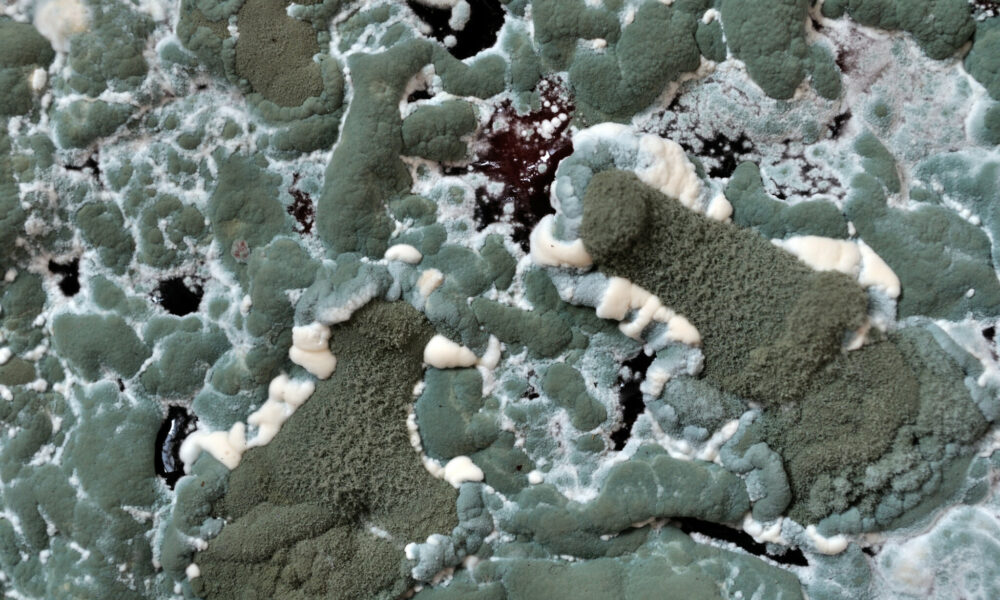
Coming in From the Cold
When the winter winds blow and the temperature dips, many common pests that can make life miserable disappear for the season. Despite what many people might like to think, mold isn’t one of them. At National Disaster Recovery, we provide sources of information to remediate mold infestations because we know that the threat of mold never truly disappears. Here’s what you should know to protect your home from mold damage throughout the year.
Does Mold Mind Chilly Winter Temperatures?
A lot of people mistakenly believe that winter’s cold weather will kill mold. There are thousands of species of mold, and many of them can thrive in cooler temperatures. Others go dormant when temperatures drop, especially mold spores, and then continue to colonize as the weather warms. Oddly enough, many molds favor temperatures between 60 degrees and 80 degrees Fahrenheit, which tends to be the same range that humans prefer. Since adequate food and moisture are also often present, the interior of a home can provide the ideal environment for fungal proliferation.
Preventing Mold Growth
How can you keep mold from moving into your home this winter? In any season, the key to preventing mold damage is controlling moisture. Use these tips to limit excess moisture and reduce potential food sources:
-Keep humidity below 50%.
-Inspect pipes and fix leaks immediately.
-Don’t place rugs near sinks, showers, or other places that get wet.
-Use a ventilation fan during showers and baths.
-Ensure gutters are cleaned regularly.
-Have your HVAC filters changed, and your air ducts inspected periodically.
-Verify that any upholstery or fabric that has been exposed to moisture is adequately cleaned and dried. Mold or mildew stains means disposal.
-Get rid of unwanted clutter that could feed mold.
NDR’s Mold Remediation Service Information
If you discover that mold has infested your home this winter, don’t panic. Call or explore the National Disaster Recovery website.
Mold damage can be a disaster. After all, mold feeds on cellulose building materials and contents from drywall to your best suit. To make matters worse, attempts to clean it can dislodge mold spores and spread them to new areas, making the infestation worse. That is why experts say dealing with mold damage is a job for professionals.
Many companies excel at mold damage remediation. Contact a well-known outfit, request a mold inspection and recommendation. The restorer should be armed with the knowledge, tools, and resources needed to perform the tasks effectively to remove the fungal presence.
After assessing the mold damage, the technicians isolate the affected area to eliminate the chance of spreading the mold via spore dispersion. Then, advanced mold remediation techniques and equipment remove the mold, and what cannot be salvaged is meticulously cleared away to avoid contamination. You can expect a final cleanup, deodorization if necessary, and application of an antimicrobial product to help protect against future infestation.
There are fundamental protocols through the BSR-IICRC S520 Standard and Reference Guide for Professional Mold Remediation that a professional mold remediation company will follow to restore your property to its pre-loss condition.

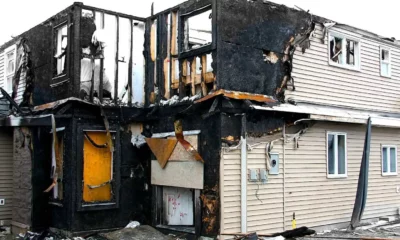
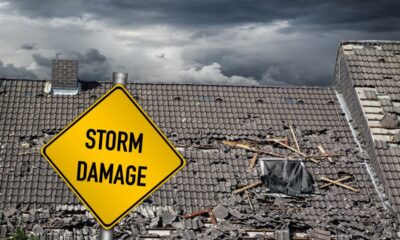
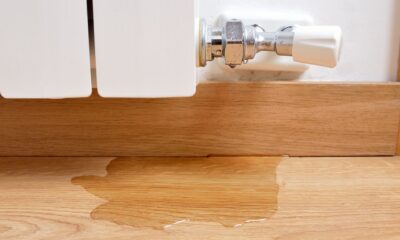
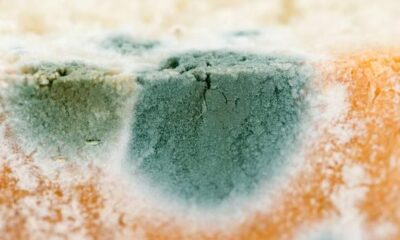





Facebook
RSS